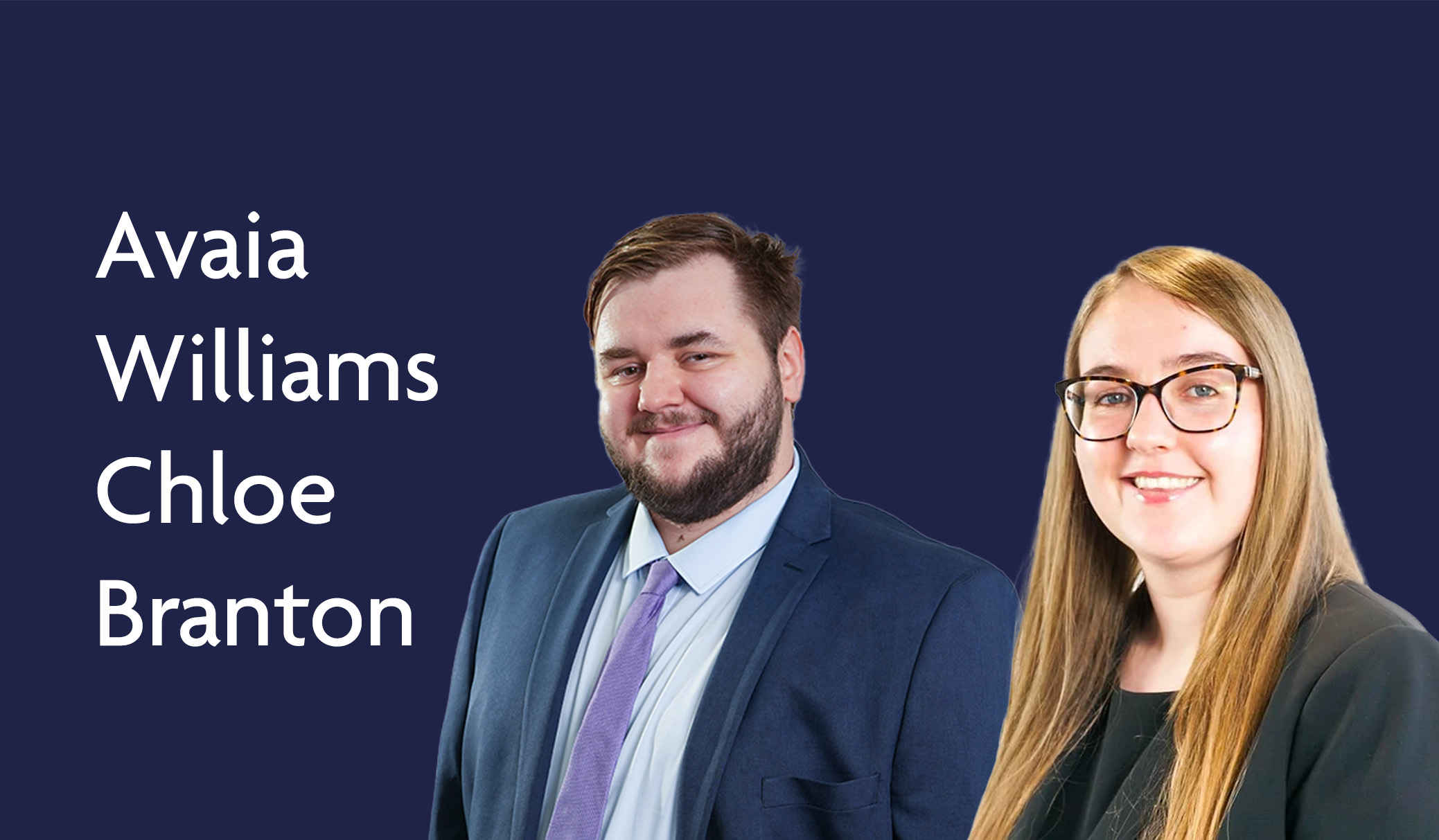James Kapadia – My First Month Of Civil Law Pupillage at Parklane Plowden Chambers

My first 6 weeks of pupillage at Parklane Plowden Chambers have been predominantly paper-based. On a typical day, my pupil supervisor, Tom Nossiter, will send me the papers from one of his recent or ongoing personal injury cases. I will then draft either pleadings or advice.
For example, I have recently drafted a Schedule of Loss in a serious leg injury case, and I am currently drafting an advice on liability in a slip and trip case. Once I have completed the work, my supervisor and I exchange versions. We compare the differences in our work and Tom offers feedback on how I can improve mine.
Throughout my first month, I have also spent time with other members of Chambers observing clinical negligence matters.
- I observed a conference with Hylton Armstrong and a silk in a case concerning a failure to identify an adverse uterine environment that resulted in cerebral palsy.
- Whilst shadowing Abigail Telford, I observed a conference with an orthopaedic surgeon in a case concerning the delayed diagnosis of a prolapsed spinal disc.
- With Megan Crowther, I observed a conference with a GP, an oncologist and a urological surgeon in a case concerning the delayed diagnosis of renal cancer.
In Court, I have shadowed Oliver Bailey in a remote credit hire dispute, and I have seen in-person RTA trials with Peter Yates and Sophie Watson. Both RTA trials offered an insight into the rough-and-ready justice dispensed on the small claims track.
The longest case I have observed was a 3-day inquest that Megan Crowther acted in. There, a patient died of sepsis in a care home.
From my experience of pupillage so far, I have identified three aspects of practice that are important to succeeding as a junior barrister.
First, pace. The most daunting aspect of pupillage is the pace at which members of Chambers work. My supervisor will often have finished drafted pleadings in the time it takes me to read the first half of the bundle. Whilst pace no doubt improves with practice, this illustrates the industry and focus required to build a successful practice at the Bar.
Second, working with incomplete information. Papers rarely offer a complete picture of how an accident happened. The CCTV often fails to capture the entirety of an accident, health and safety documents may be missing from the bundle or witness statements may gloss over key details. Being able to draft pleadings and advice in this context requires one to develop and exercise professional judgment to form a provisional view on the merits of the case and, where necessary, identify what new evidence may come to light and how this could impact one’s case.
Third, knowing how to shape and build one’s practice. The primary consideration here should be identifying the work one enjoys and is best suited to. It is therefore prudent to experience a wide range of work. However, it is also important to pragmatically evaluate how much of a given type of work there is available in Chambers, how many juniors practice in that area in Chambers and the secondary benefits a given practice area may bring. For example, whilst clinical negligence cases rarely require oral advocacy due to a high proportion of cases settling, acting in inquests can provide the otherwise rare opportunity to question medical professionals and medicolegal experts on the cause of injuries and death.
I am grateful to Tom and other members of Parklane Plowden Chambers for their generosity with their time and for their patience in answering my countless questions.
I look forward to seeing more personal injury, clinical negligence, and employment work in the remainder of my first six and to starting practice in my second six in April 2024. I encourage anyone applying for pupillage in the above areas to make an application to Parklane Plowden Chambers.










